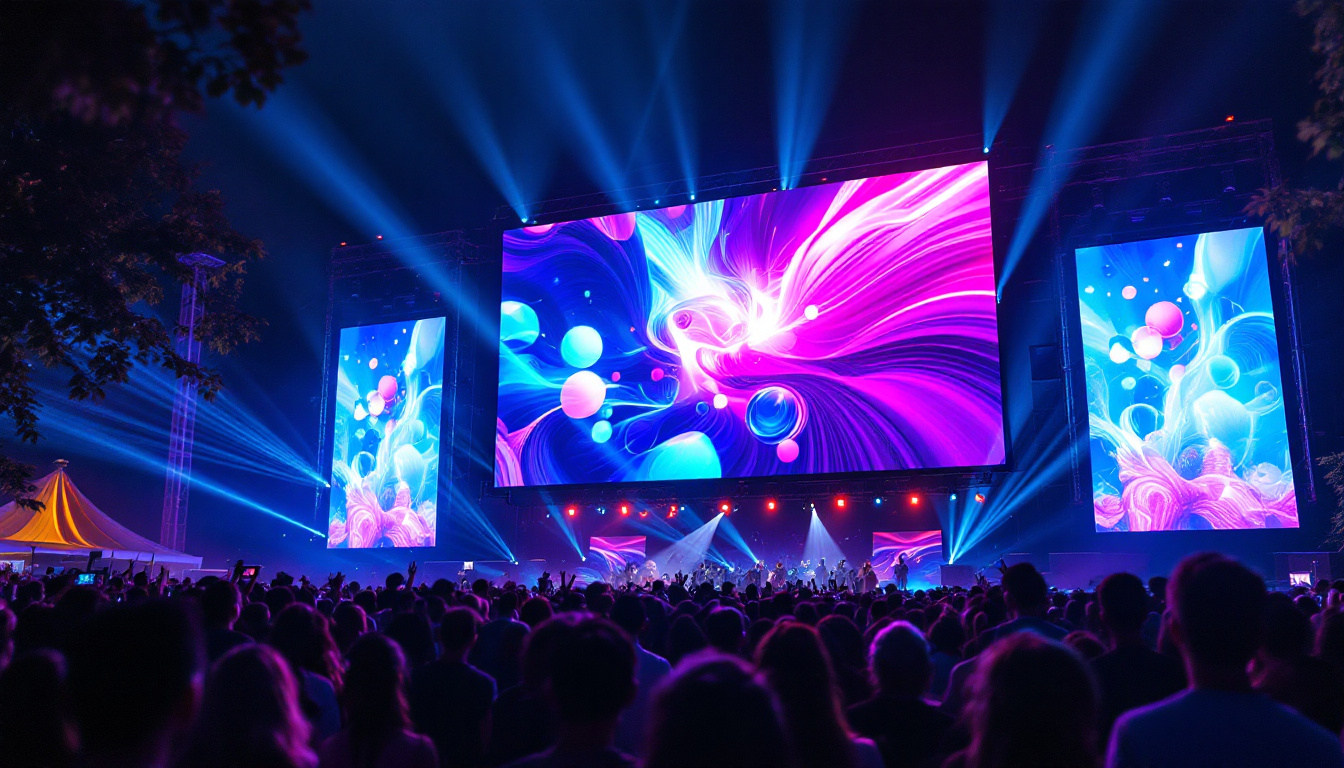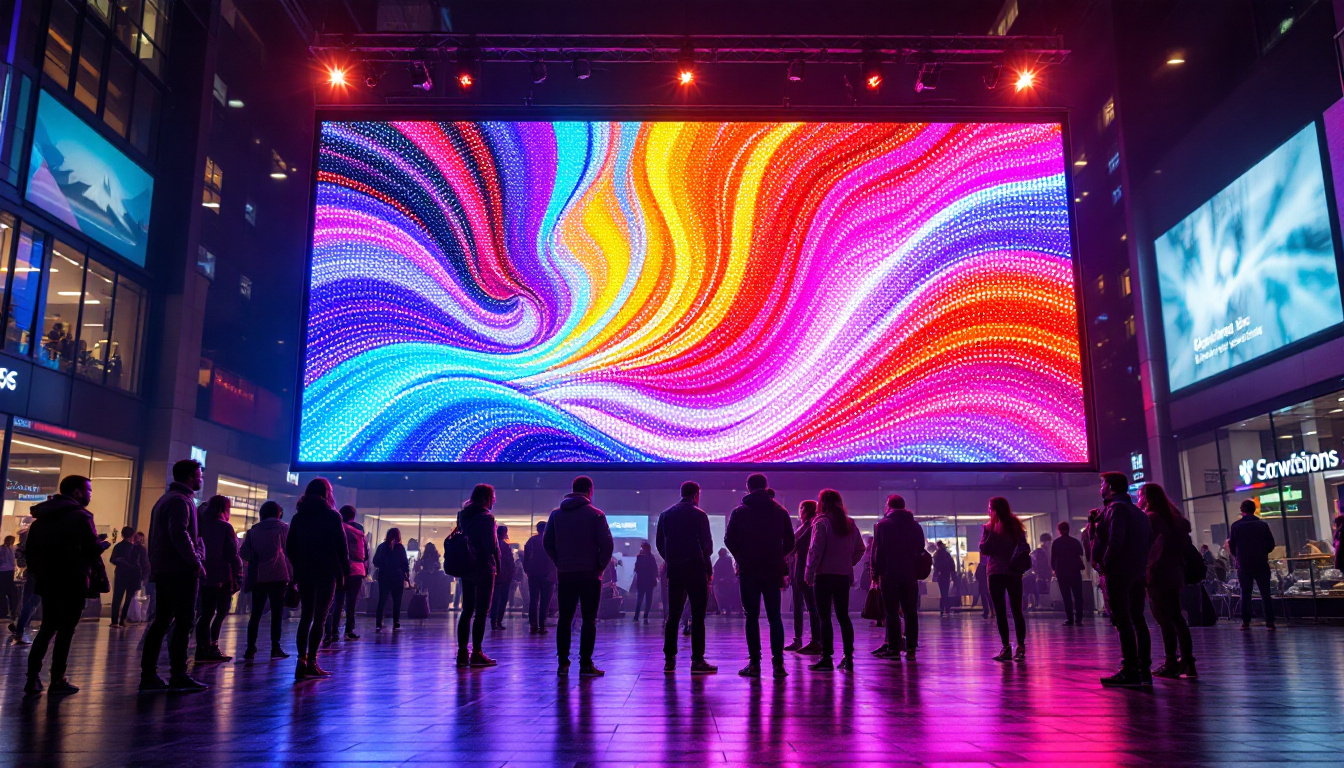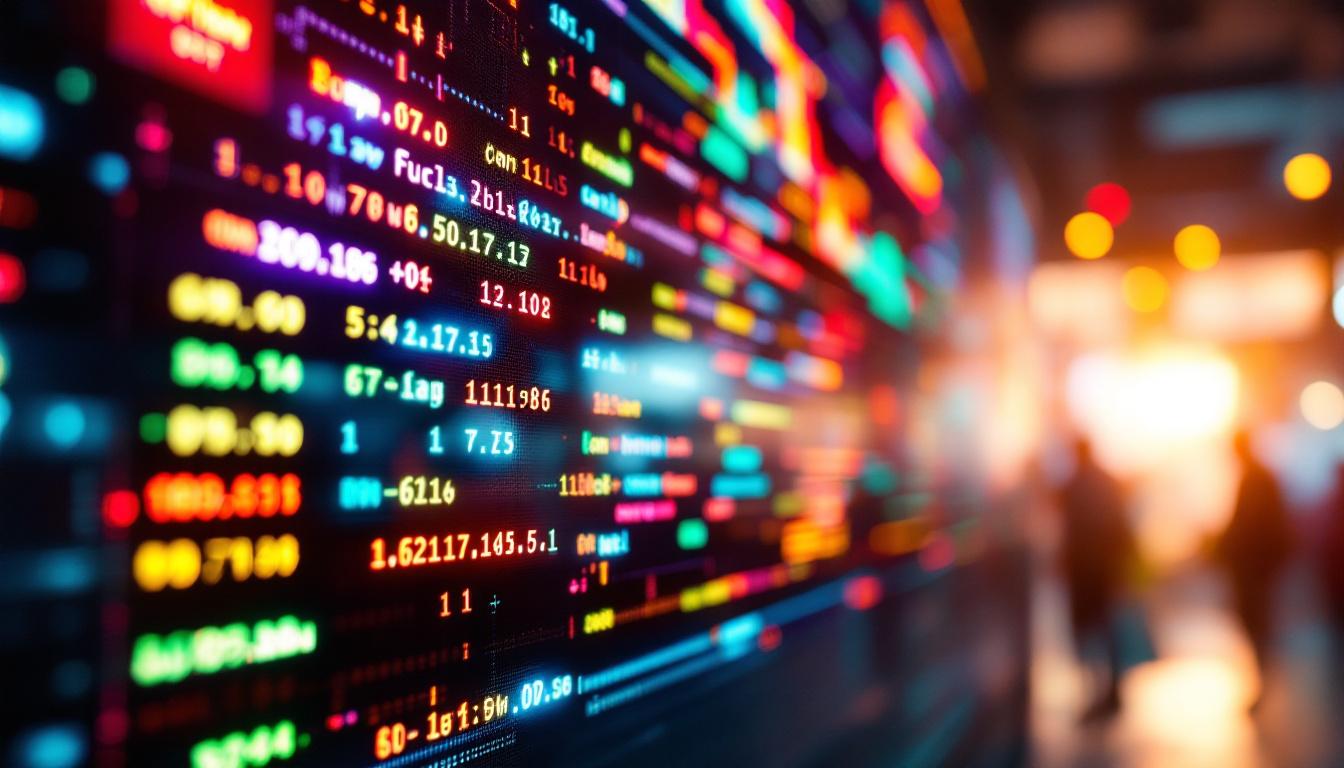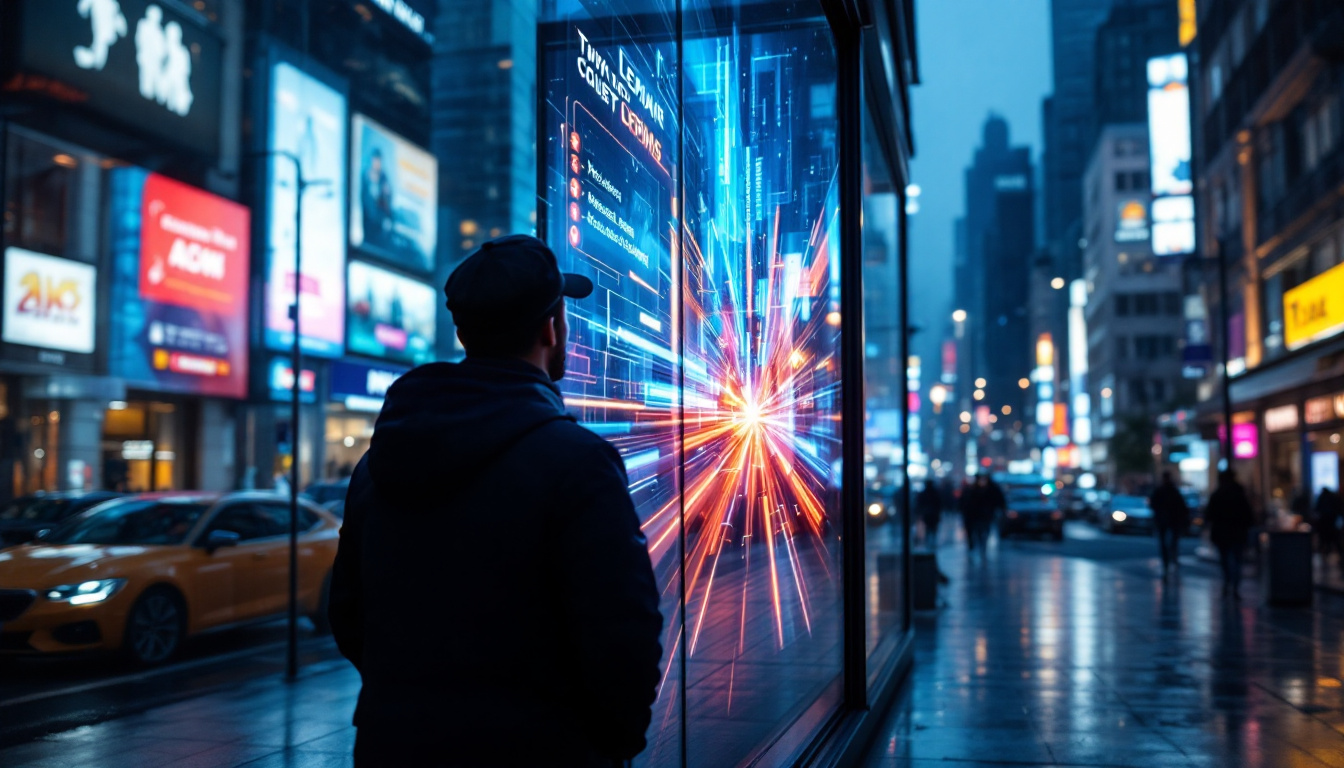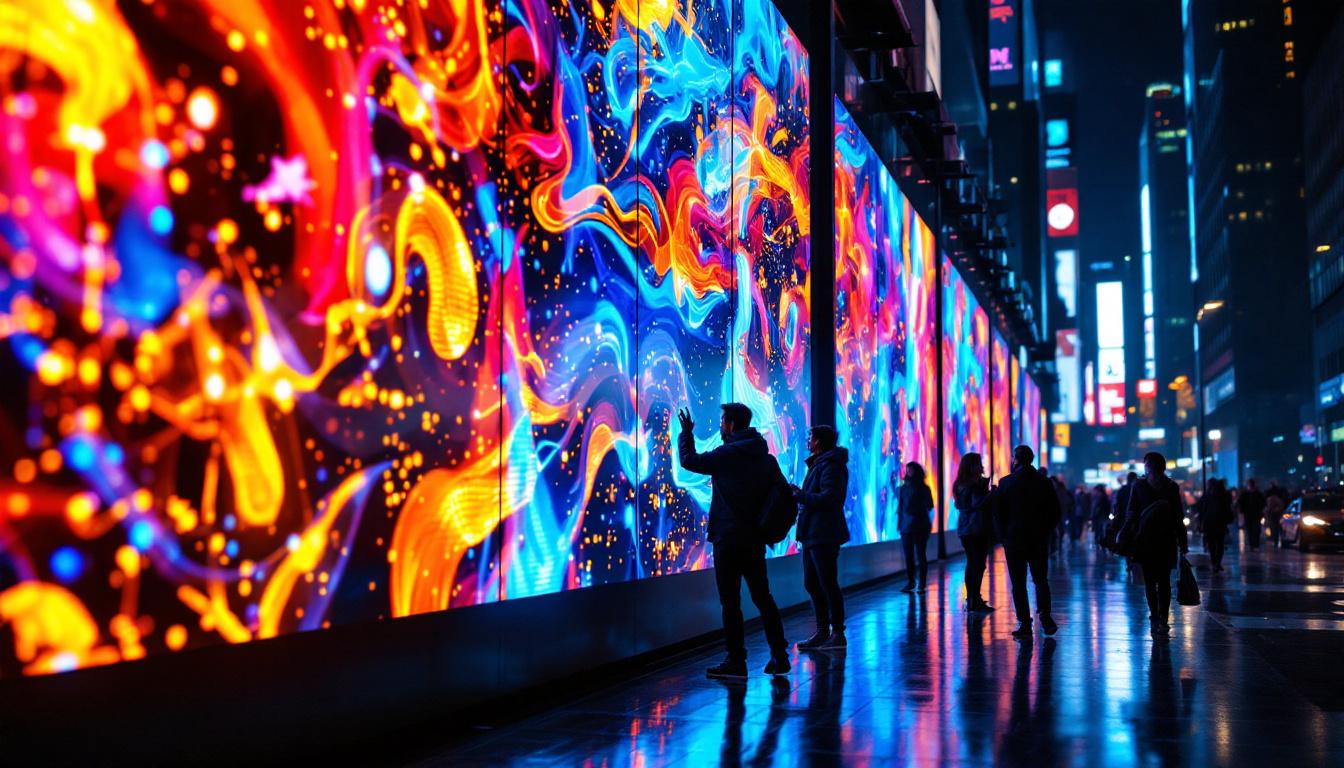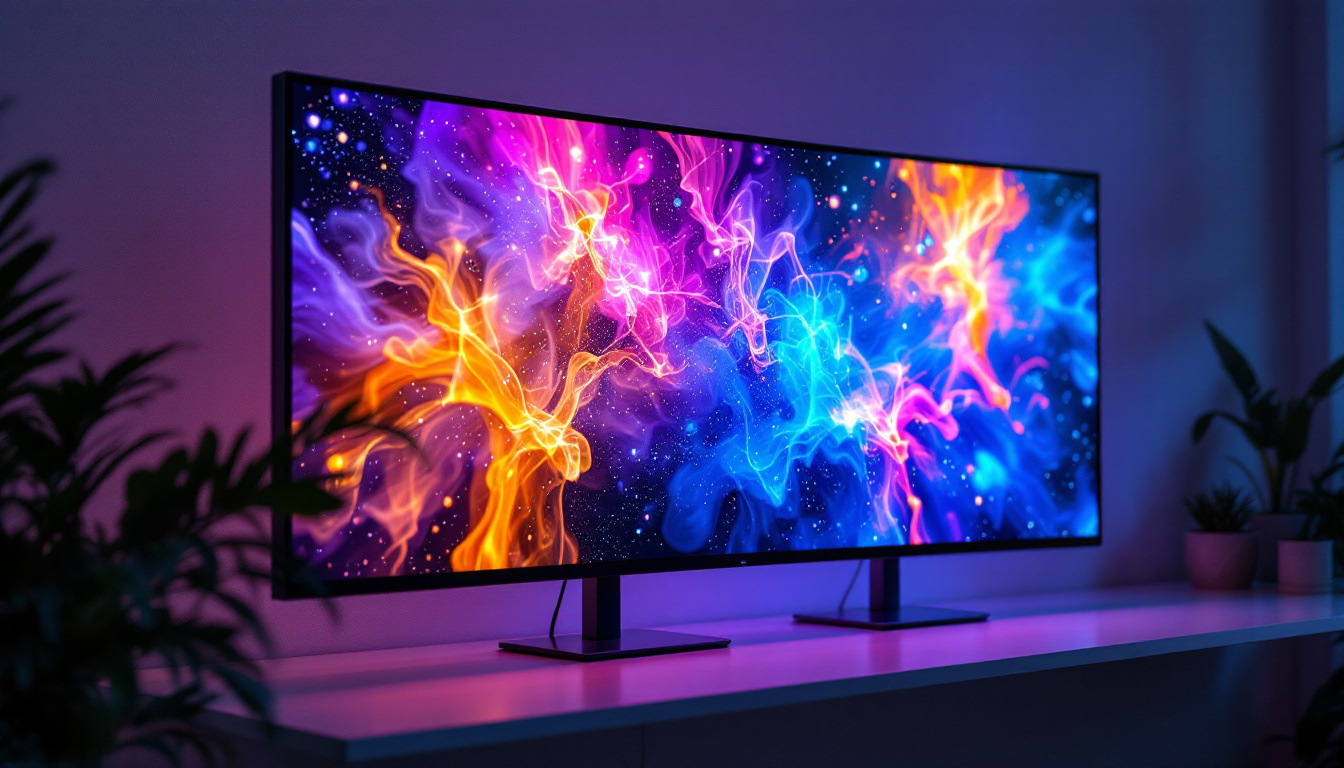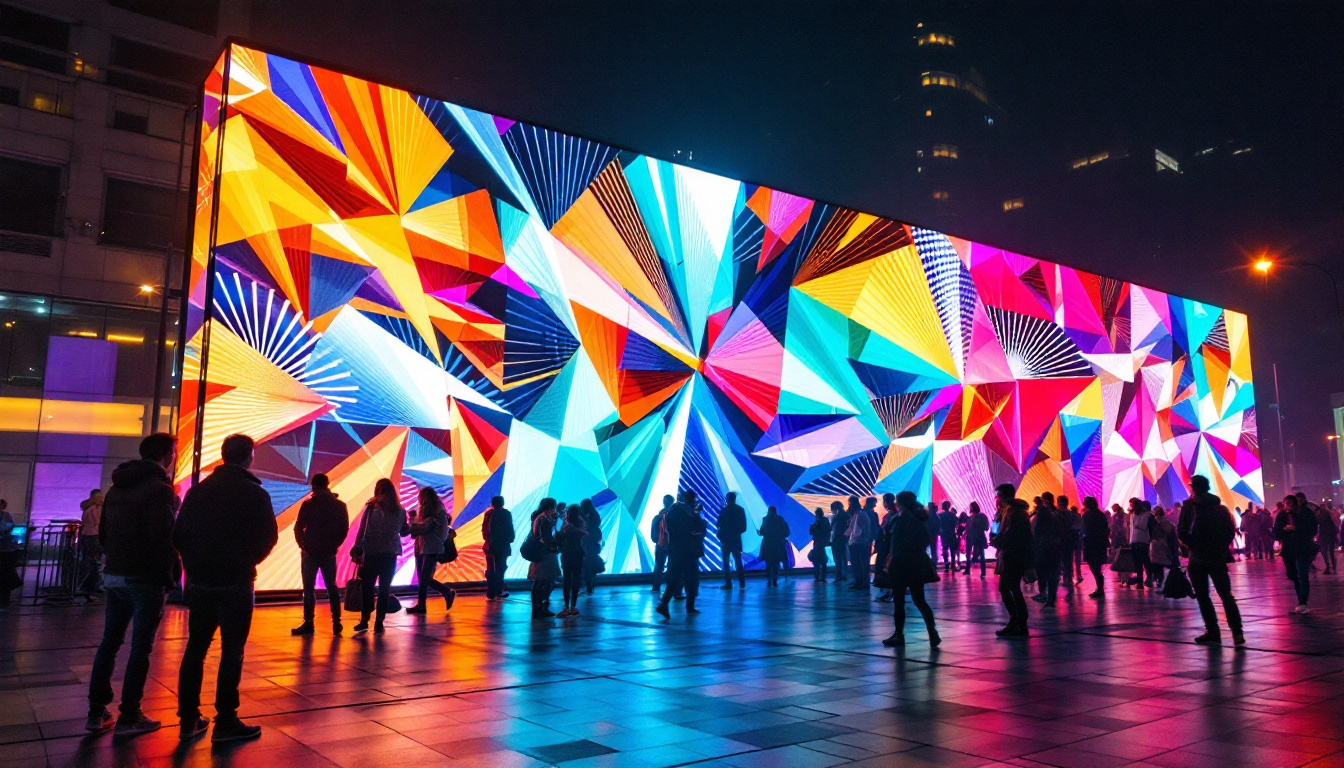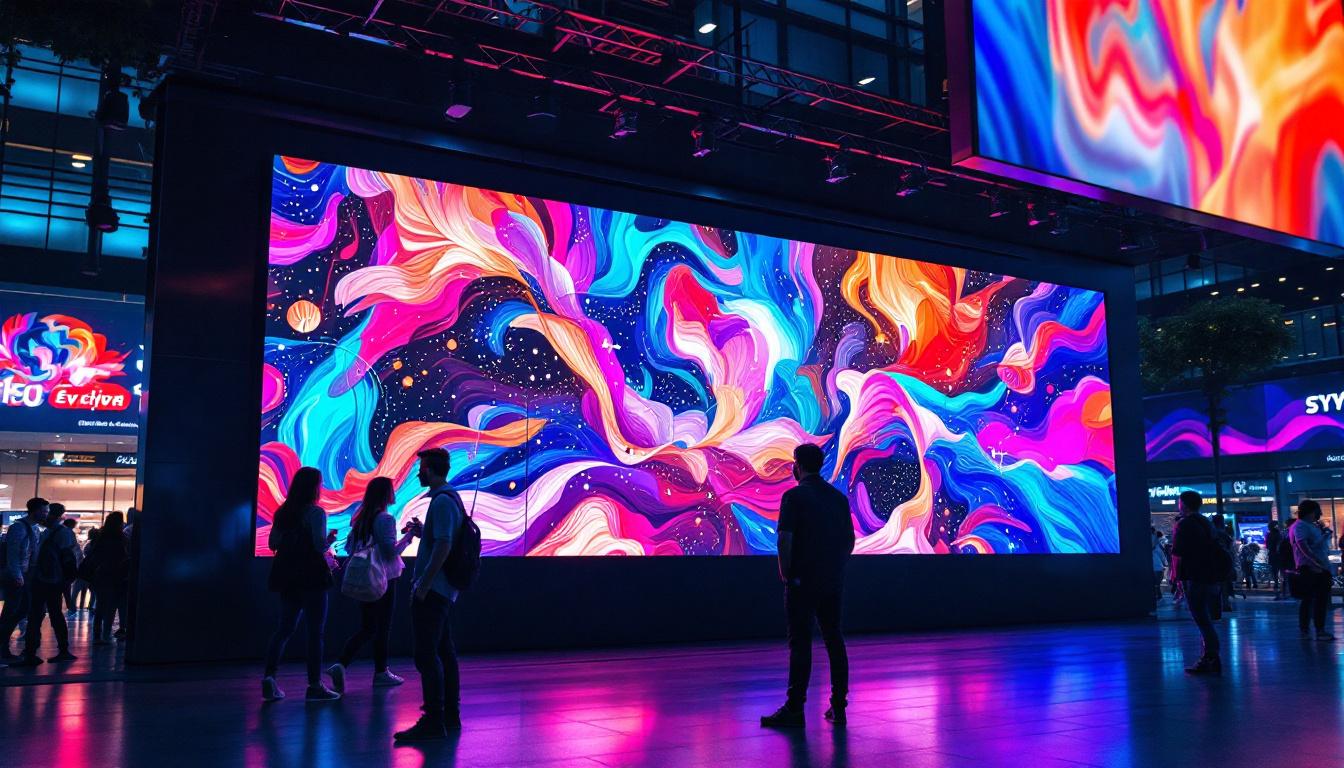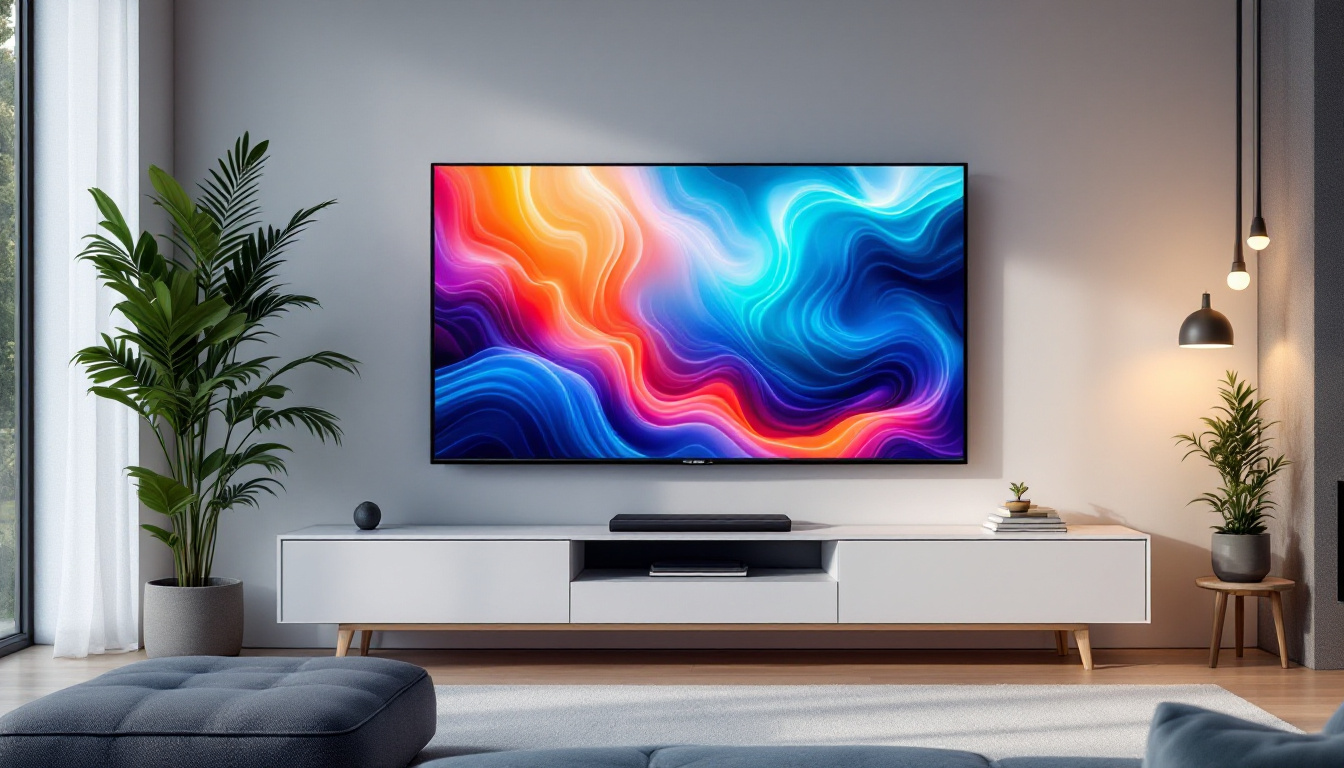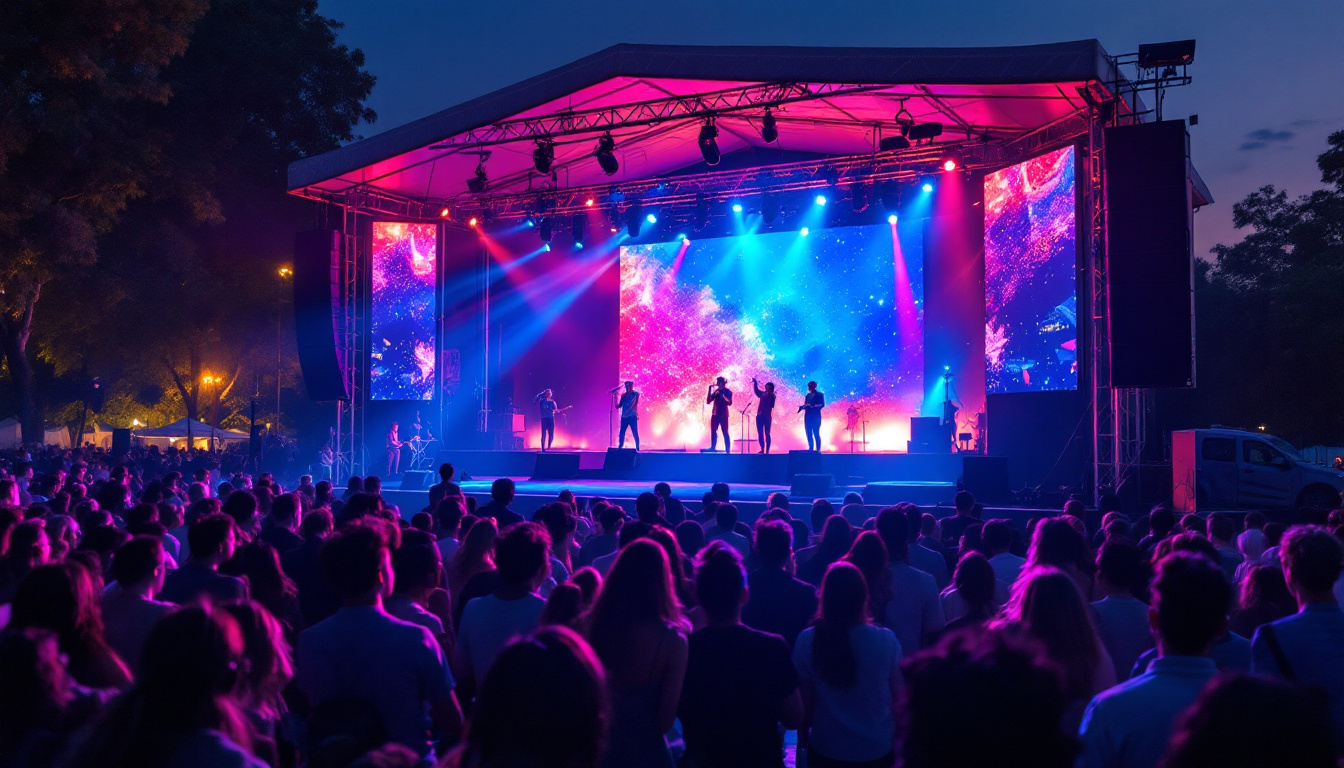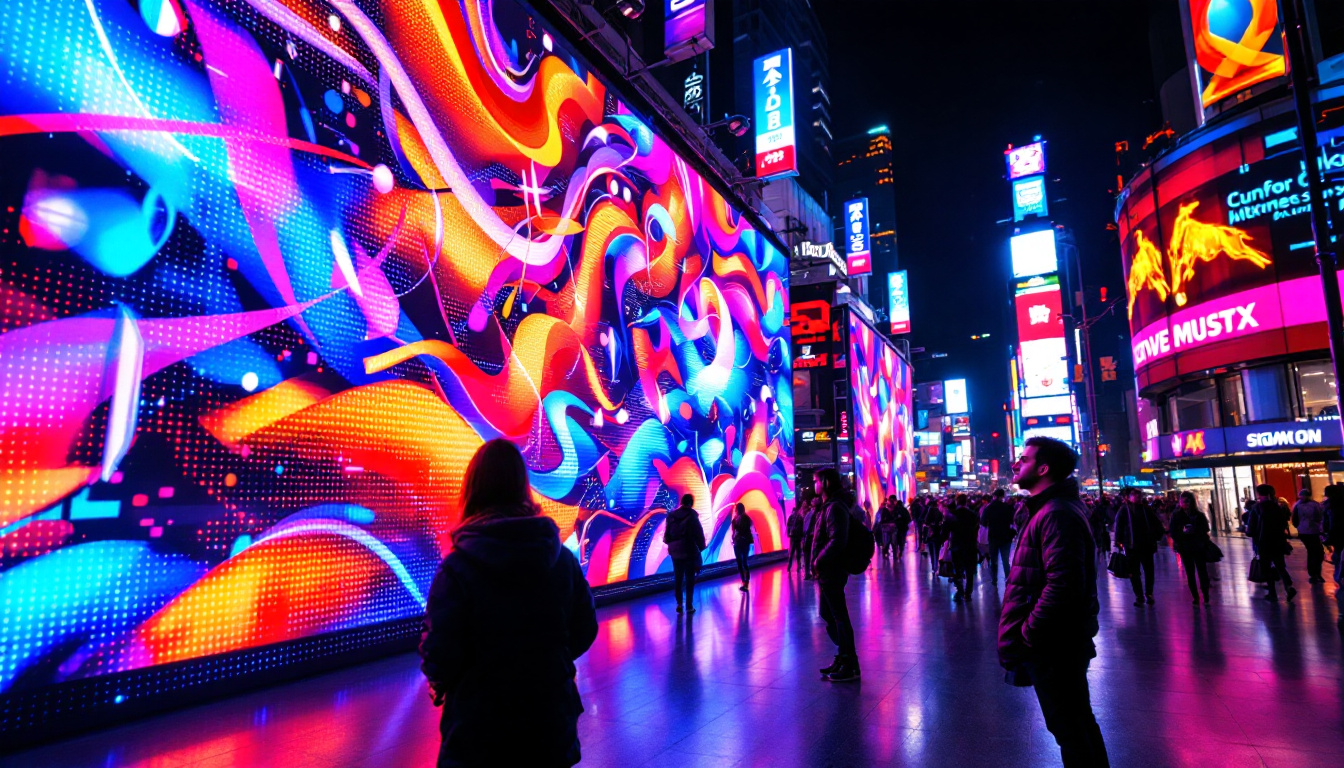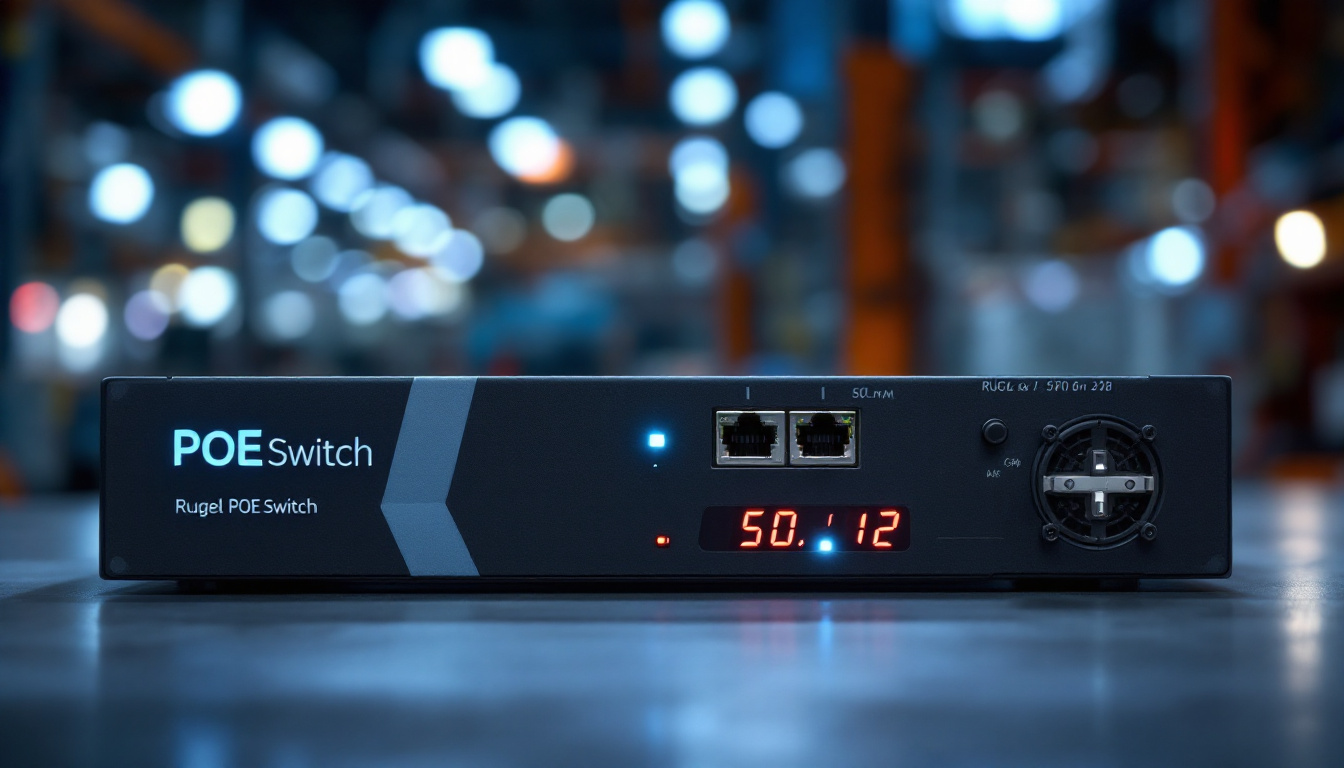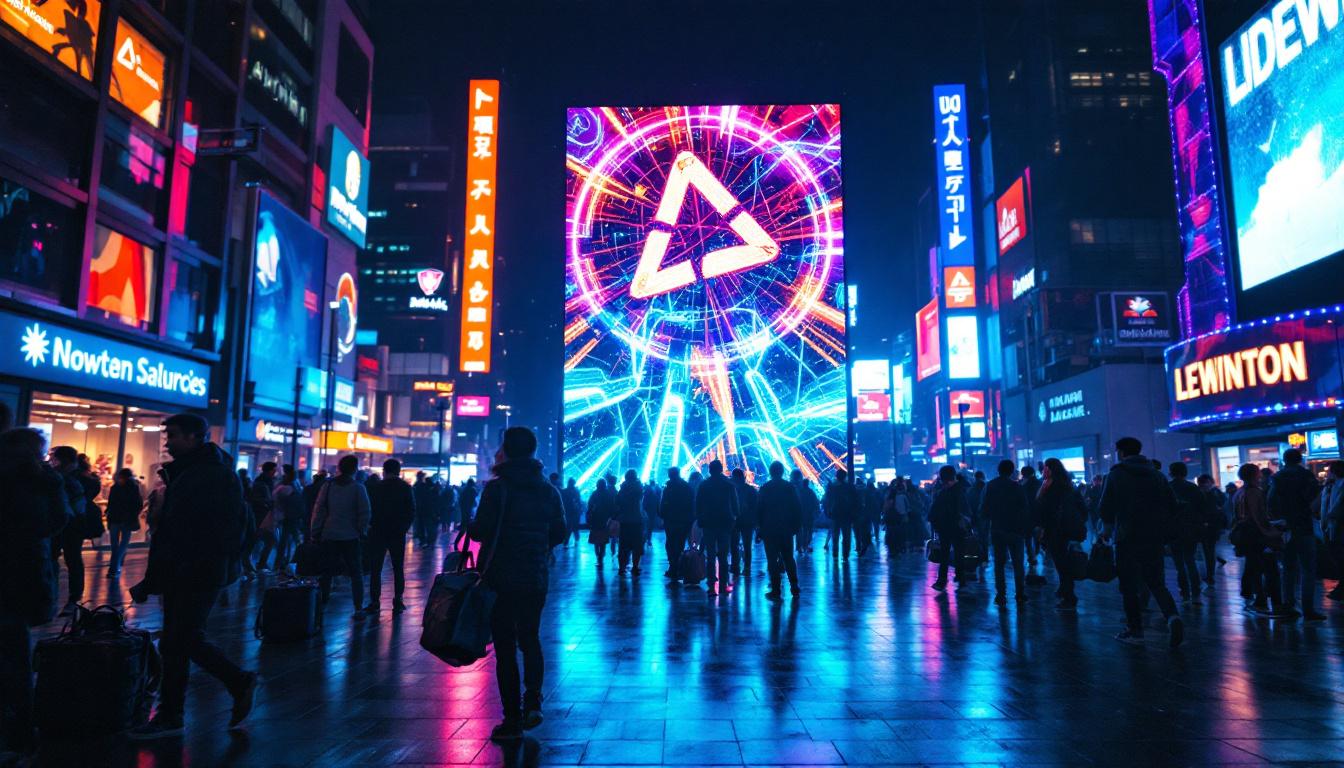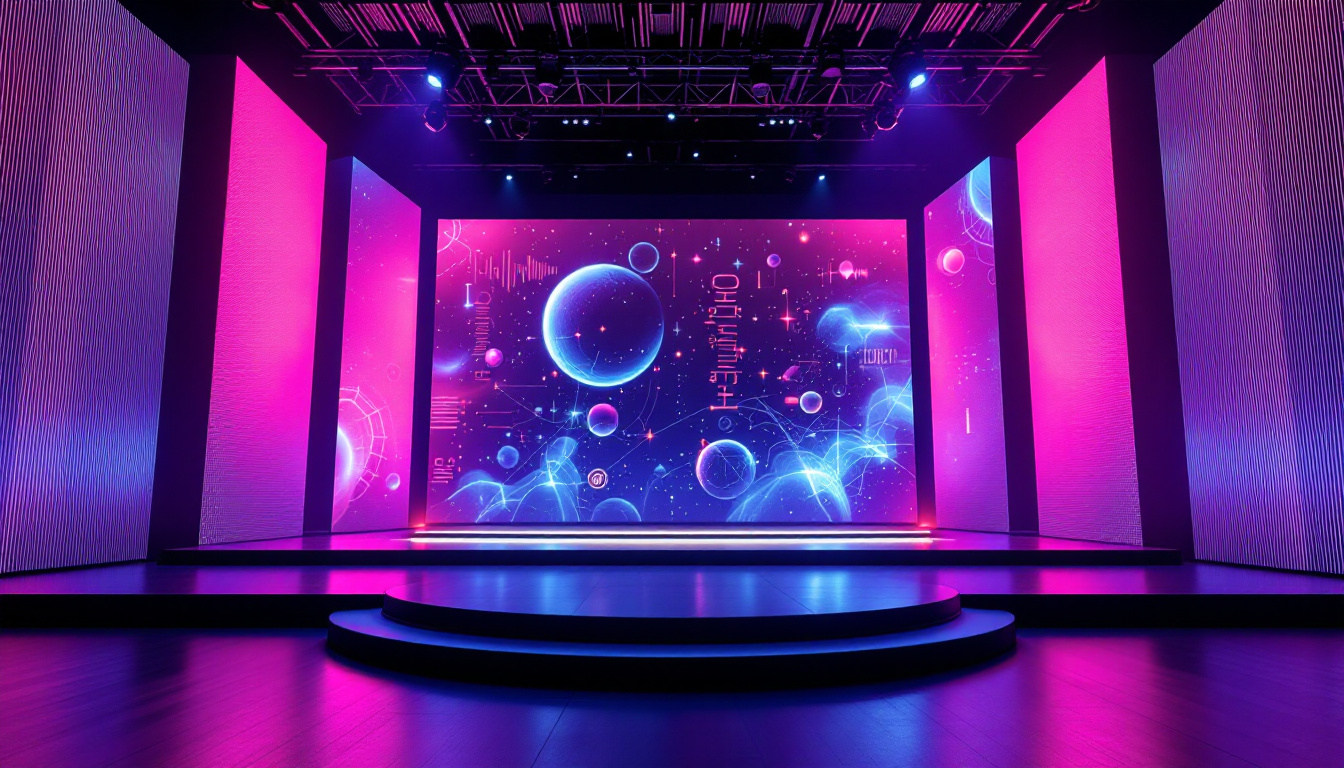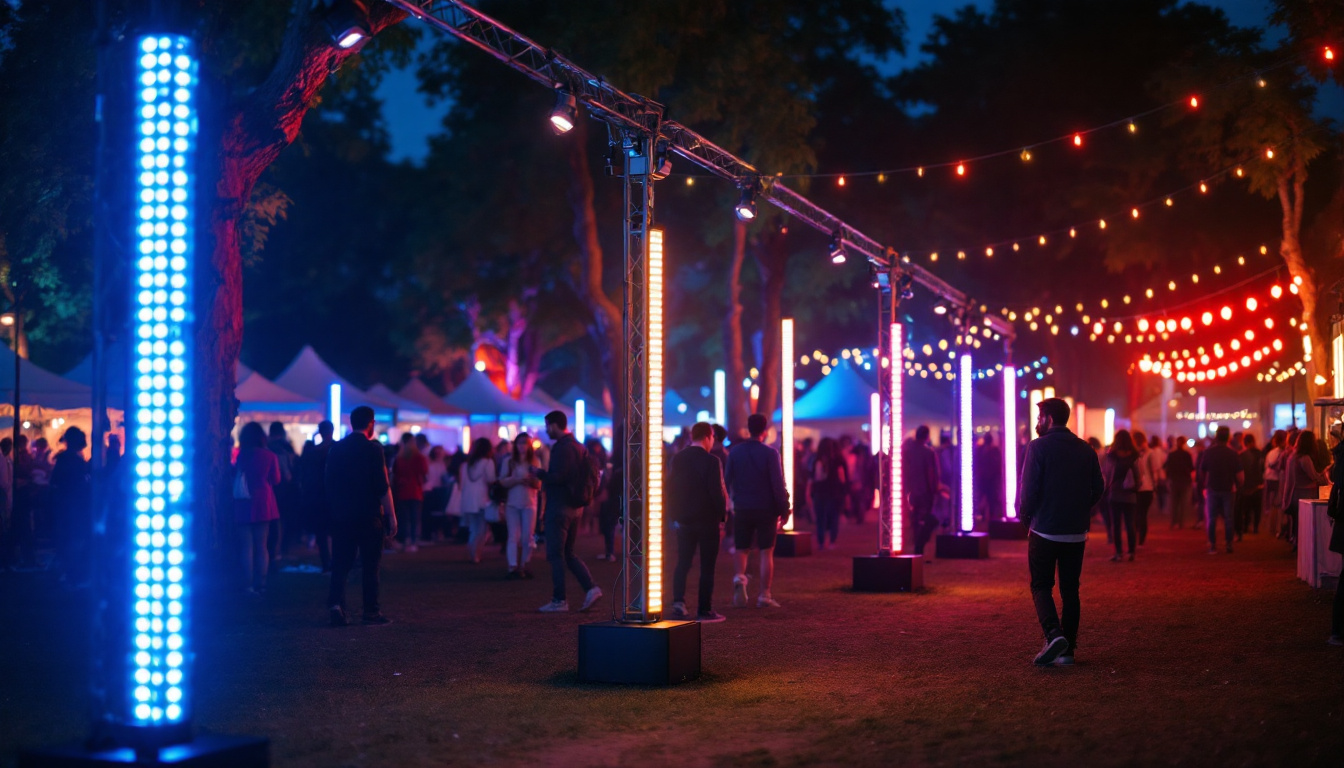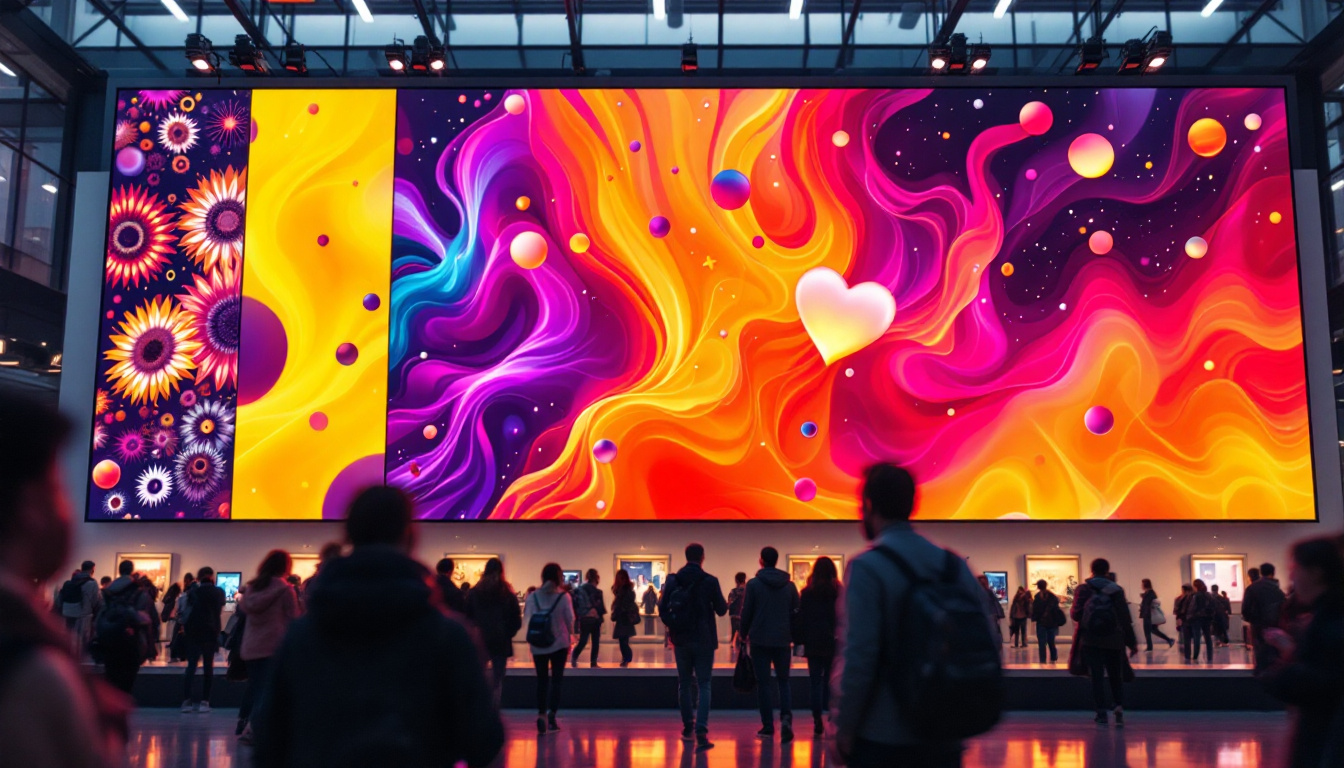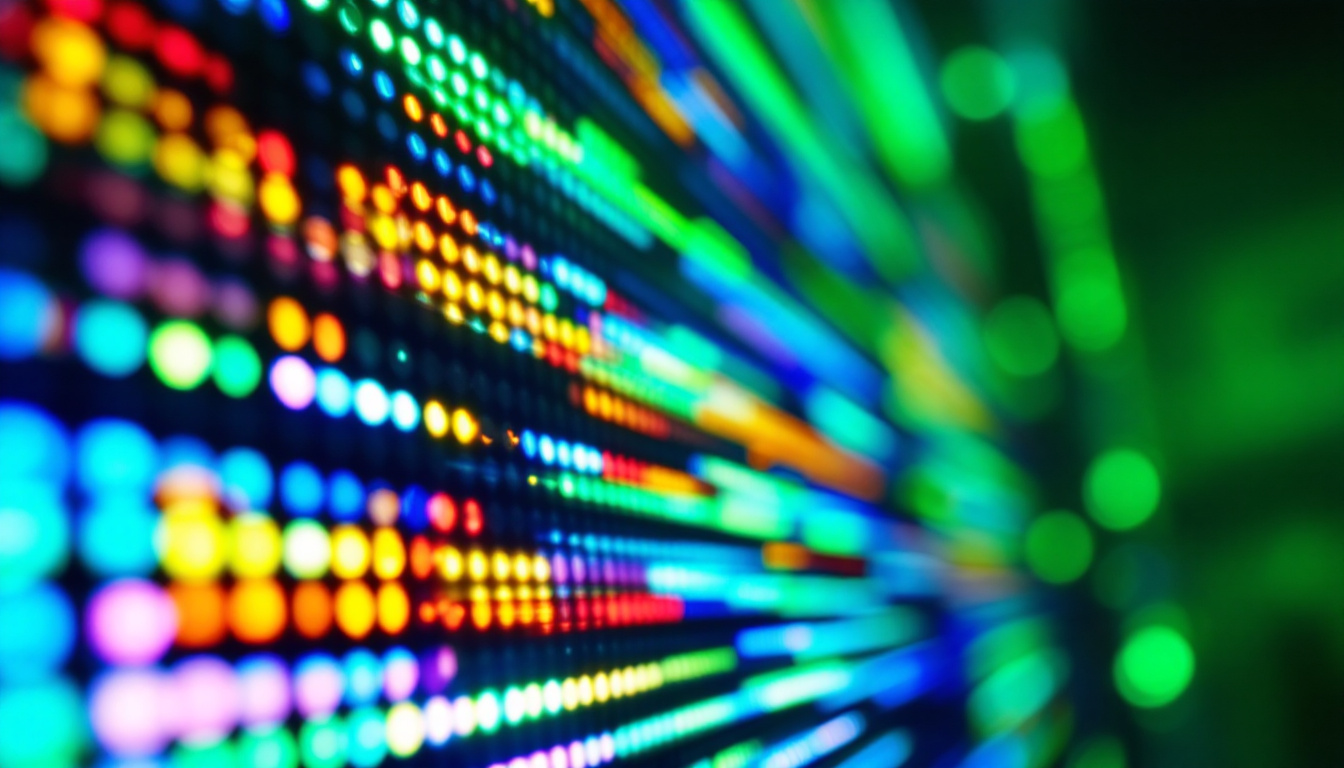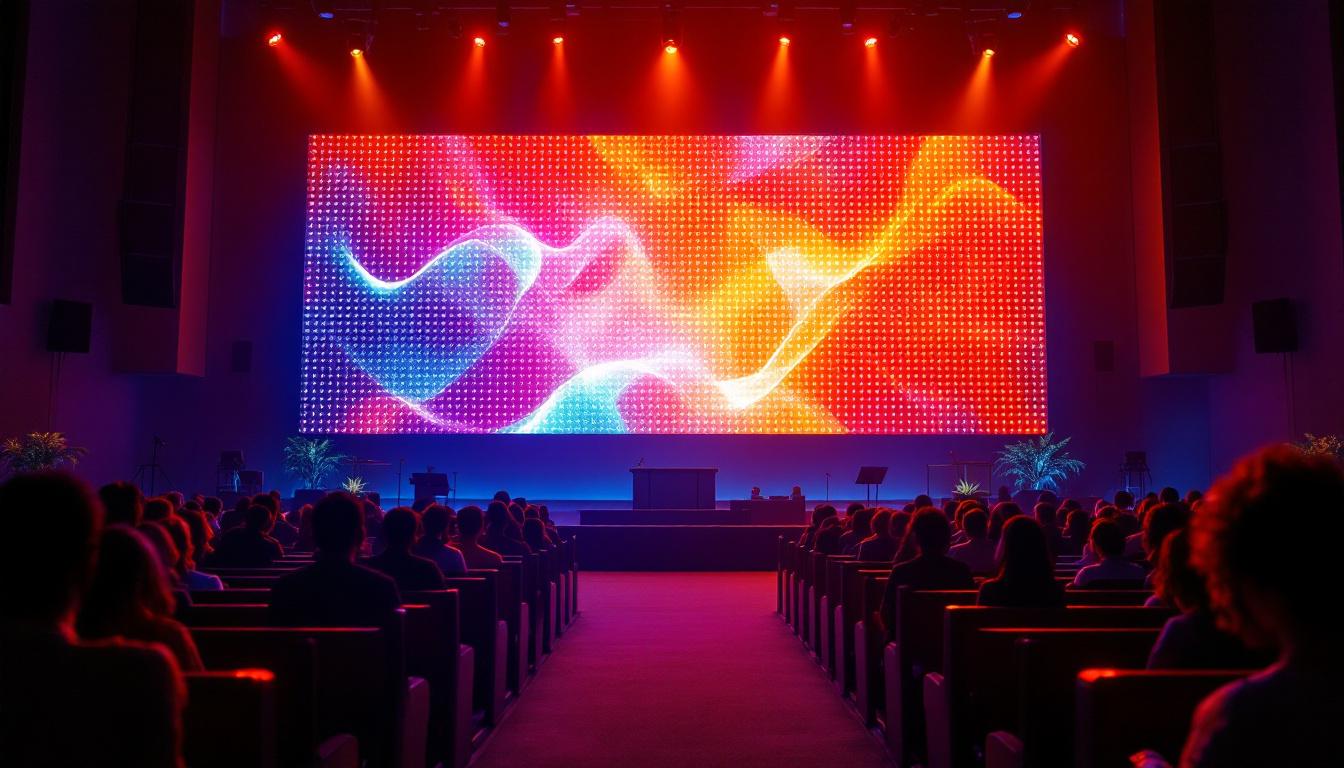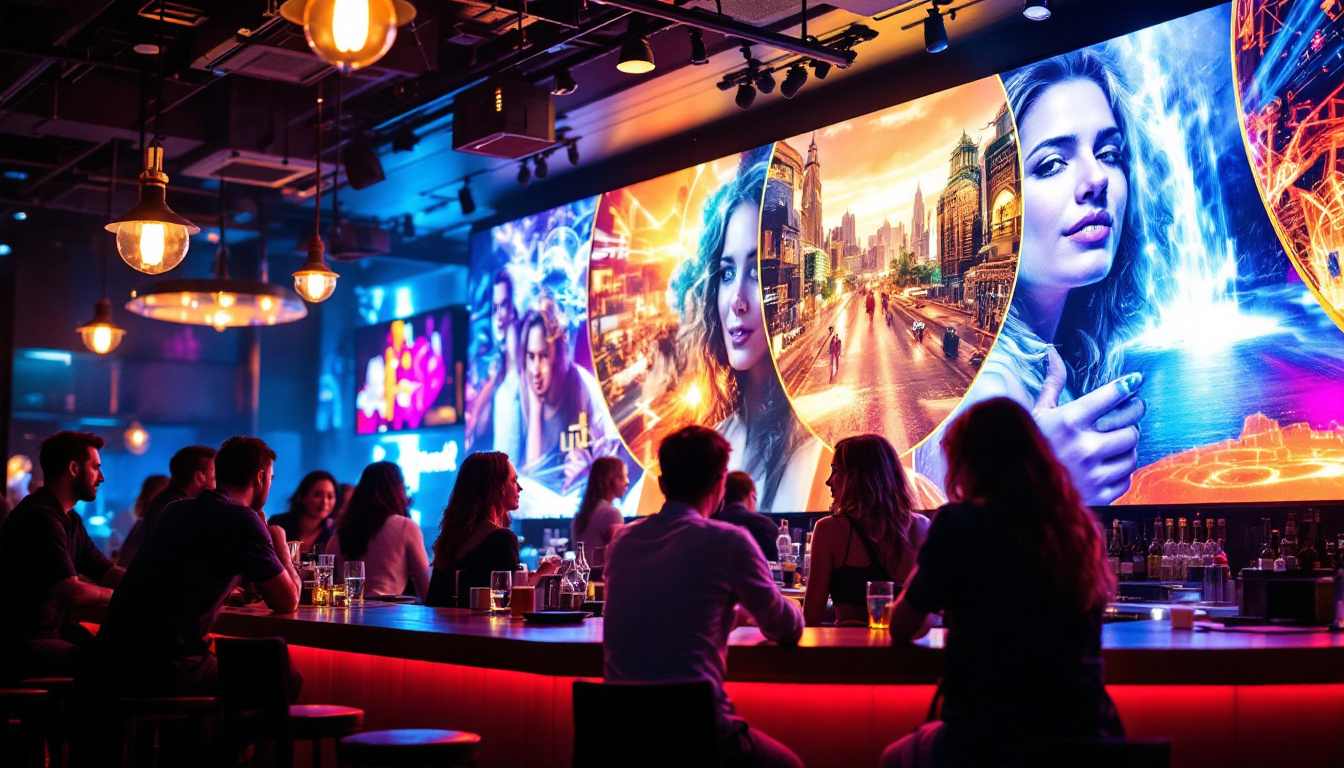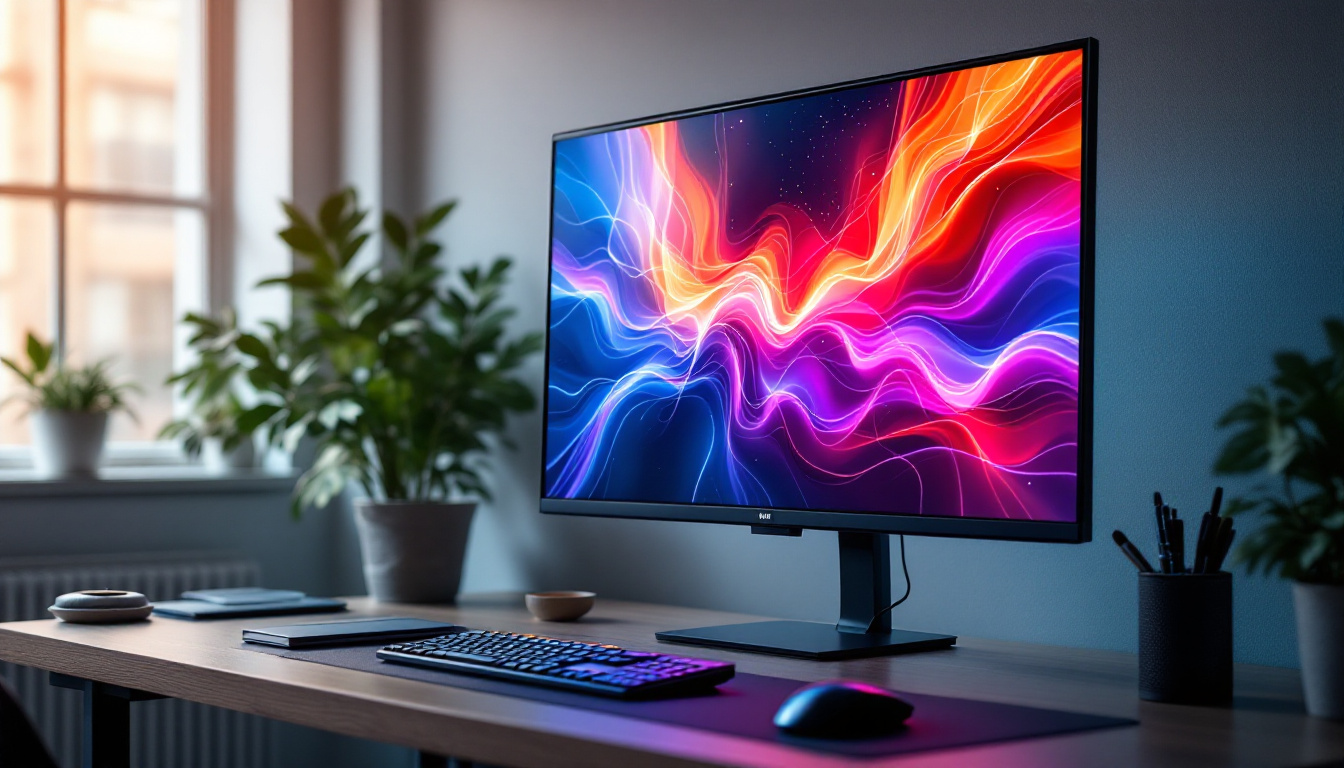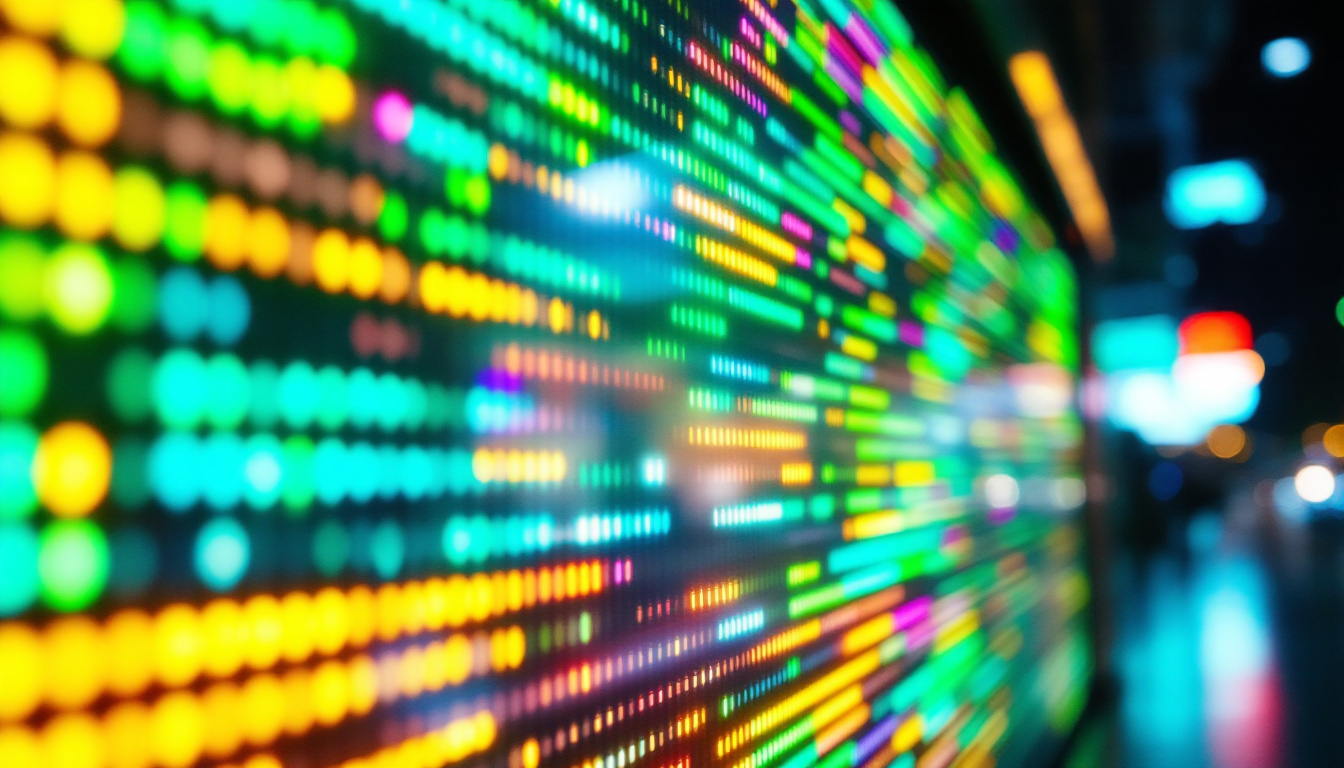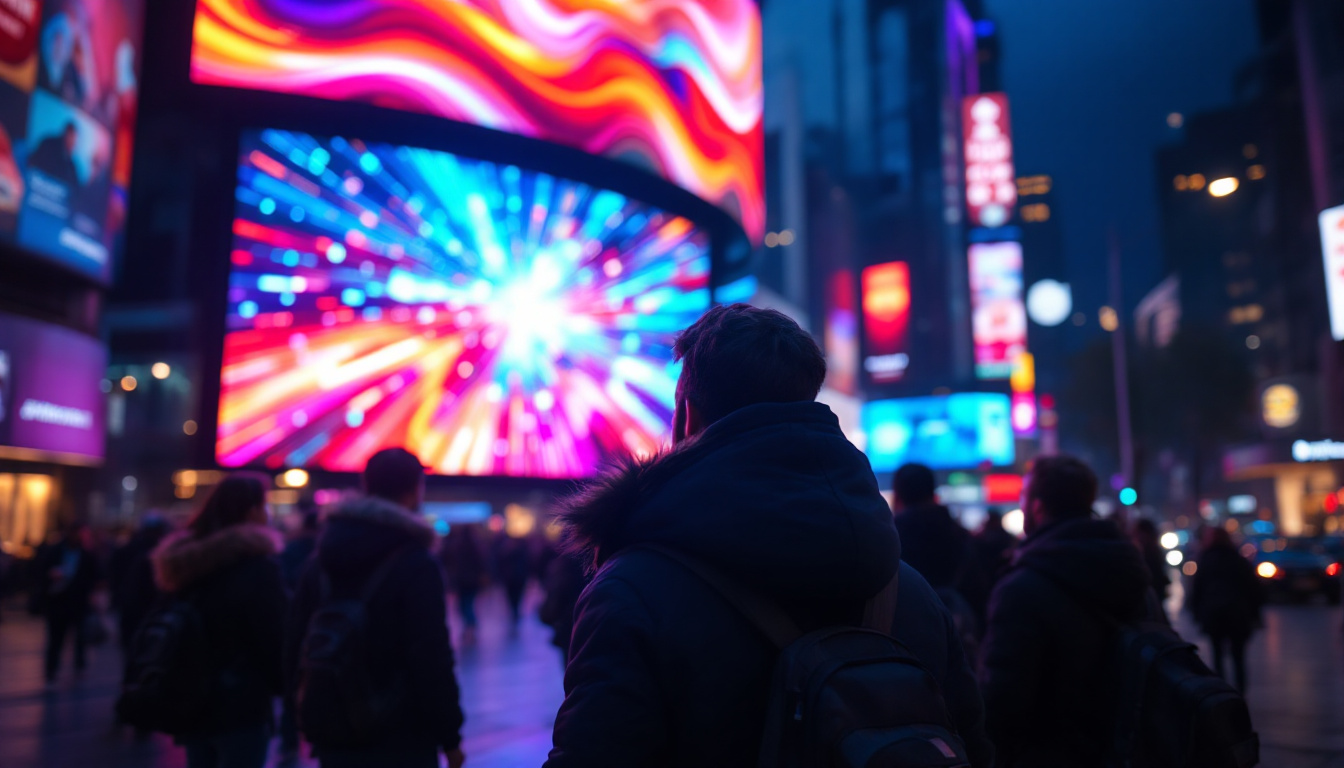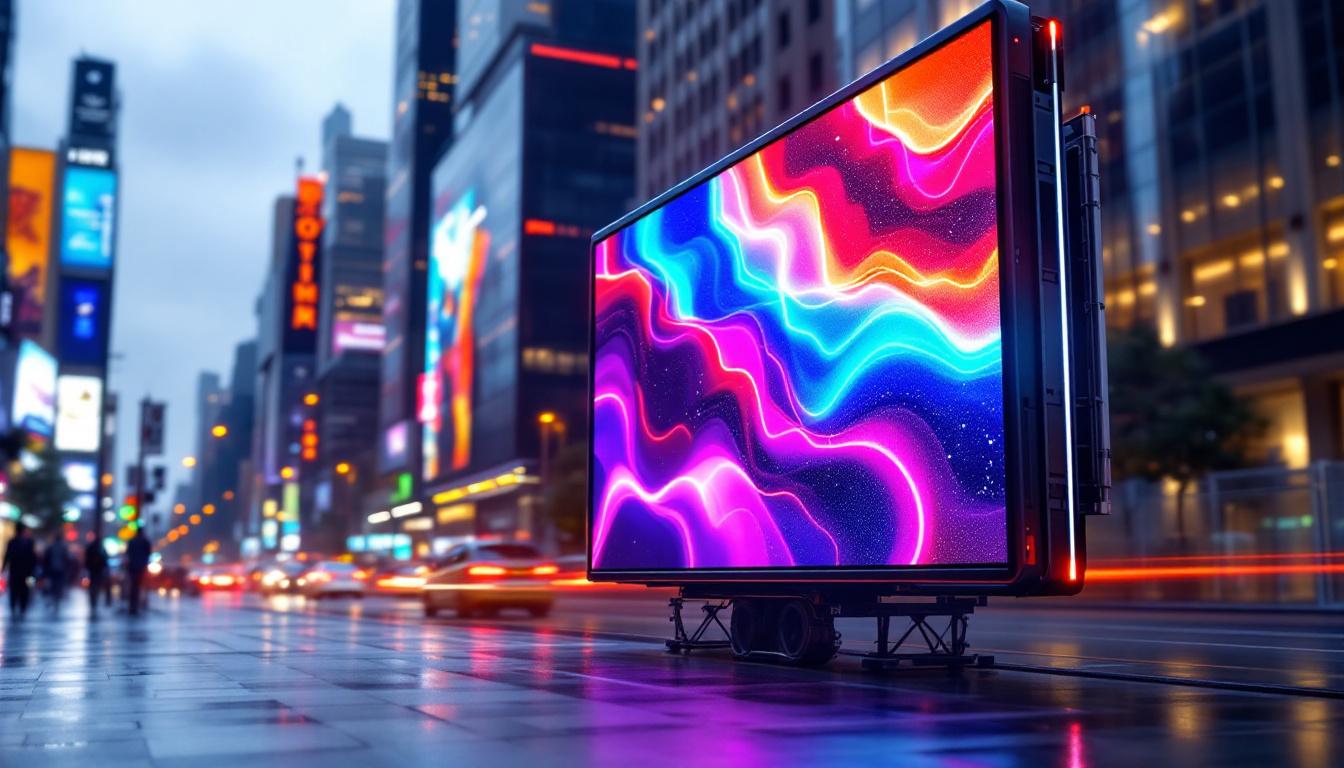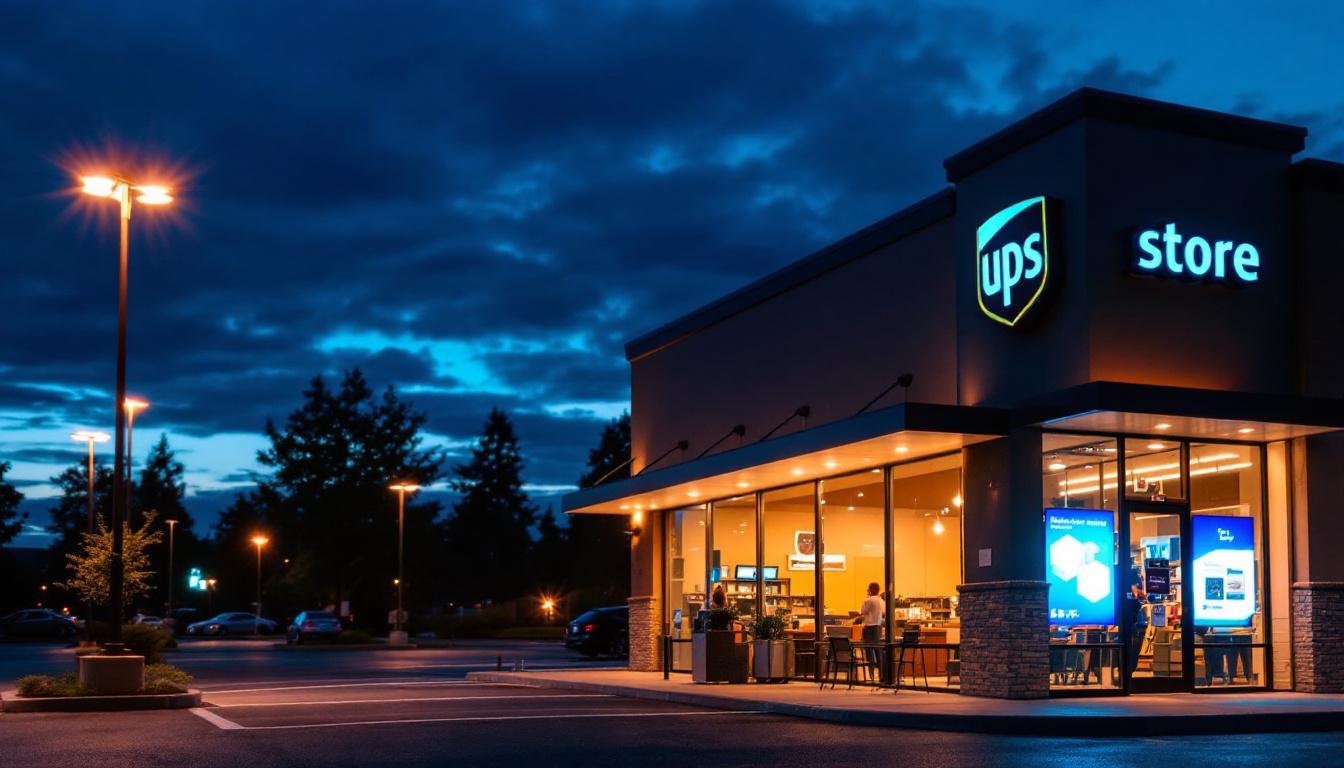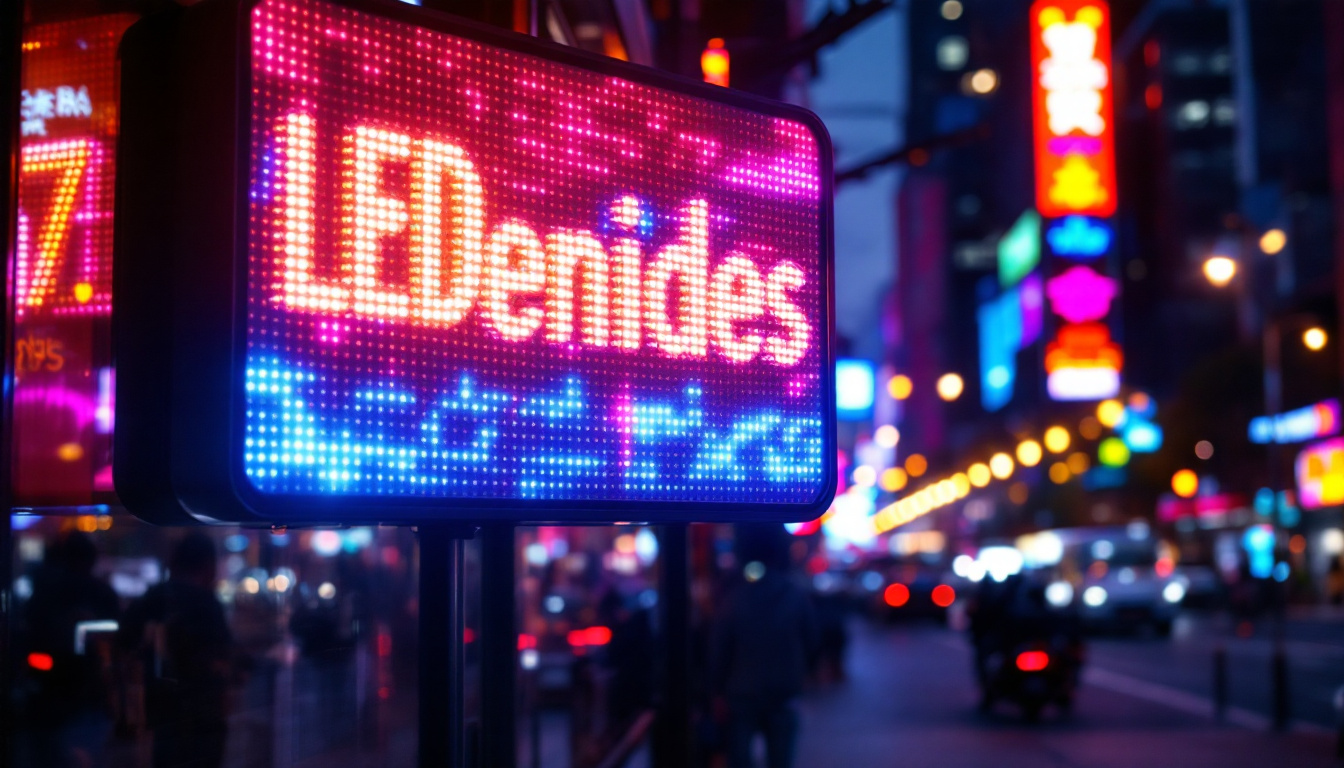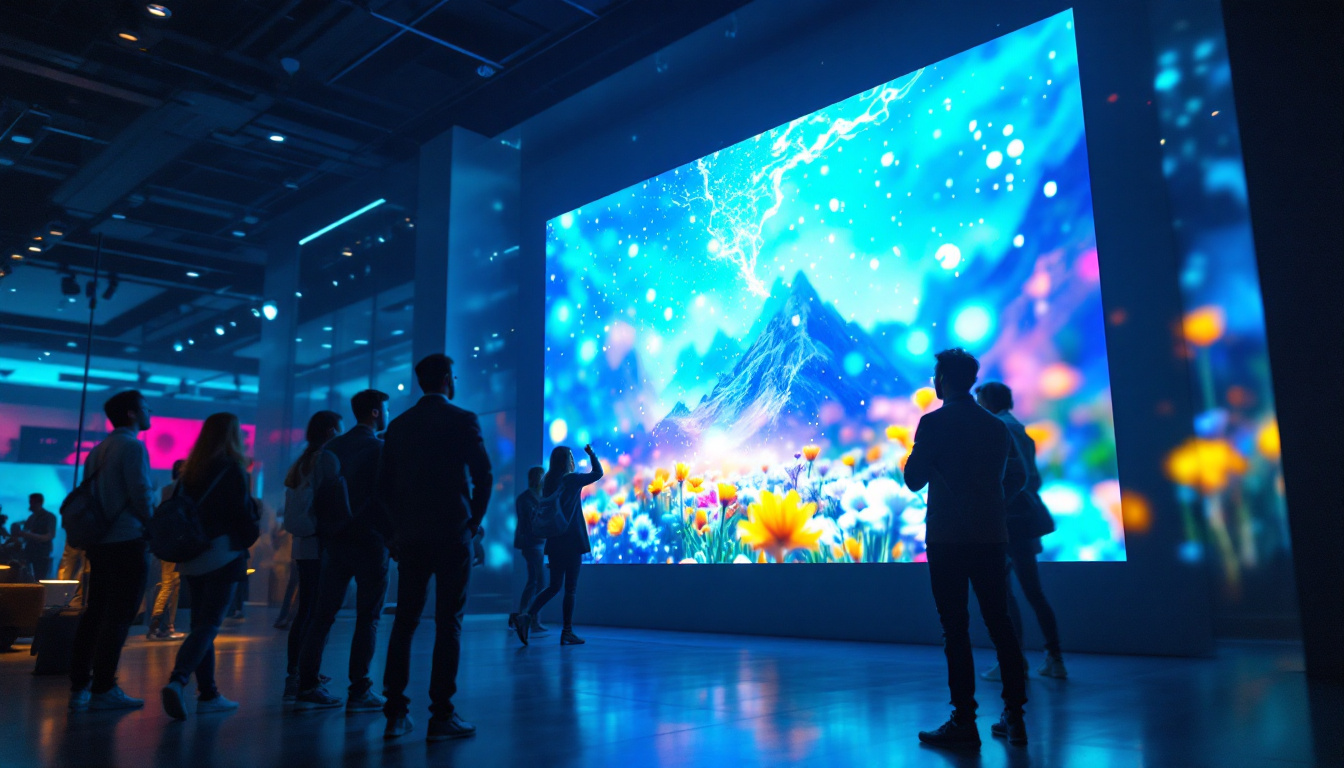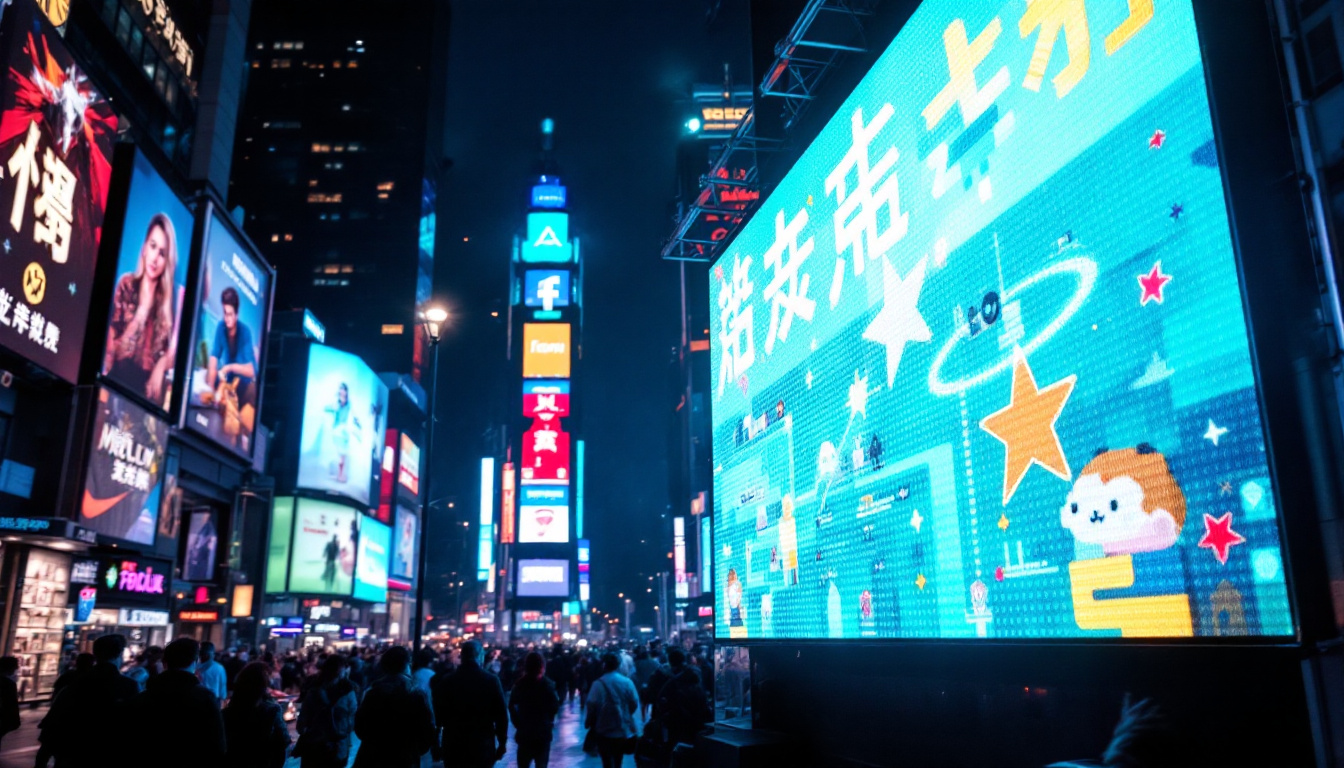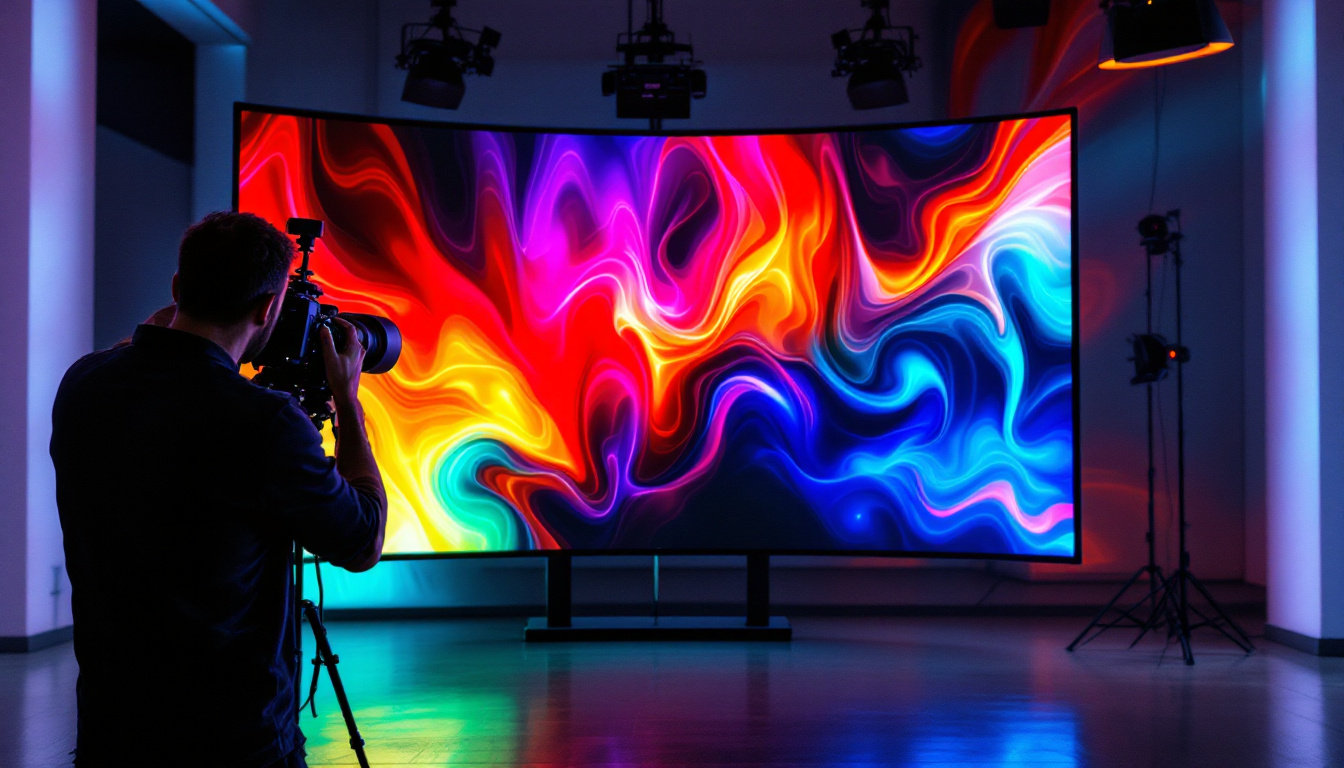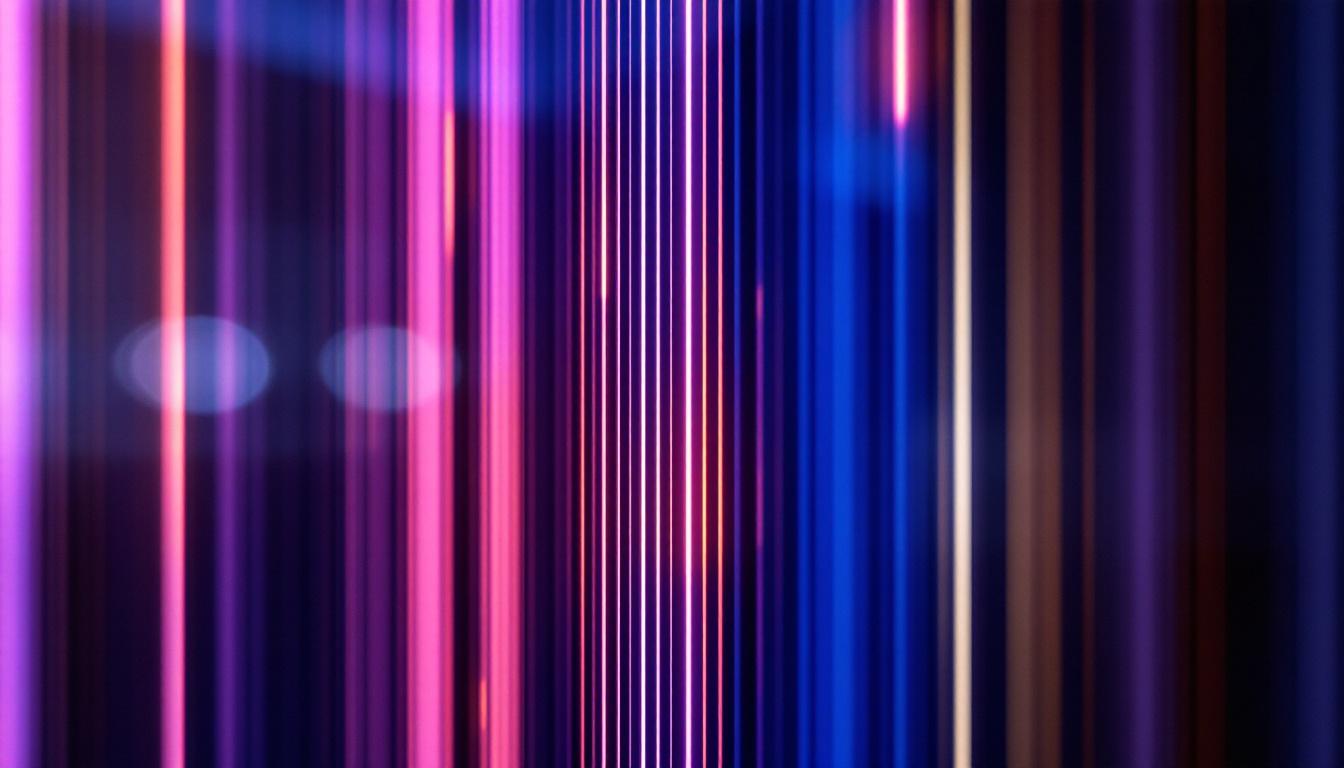In today’s fast-paced world, visual communication has become a cornerstone of effective marketing and event management. One of the most impactful tools in this realm is the LED display. These vibrant screens have revolutionized how information is shared and experienced at events, from concerts to corporate functions. This article delves into the intricacies of LED displays, exploring their technology, applications, and advantages.
Understanding LED Display Technology
LED displays, or Light Emitting Diode displays, utilize semiconductor technology to produce light. They are composed of numerous tiny LED lights that work together to create a cohesive image or video. This technology is not only energy-efficient but also offers superior brightness and color accuracy compared to traditional display methods. The versatility of LED displays has made them a popular choice in various industries, from advertising to entertainment, as they can be customized to fit any size or shape, making them ideal for both large-scale installations and smaller applications.
Components of LED Displays
The primary components of an LED display include the LED modules, power supply, control system, and the housing. Each of these elements plays a crucial role in the overall functionality and performance of the display. The LED modules are designed to be modular, allowing for easy replacement and maintenance, which is essential for keeping the display operational over time.
LED modules are the building blocks of the display and are arranged in a grid format. Each module contains multiple LEDs that emit light in various colors. The power supply ensures that the modules receive the necessary energy to function, while the control system manages the content displayed on the screen. Additionally, the housing provides protection against environmental factors, ensuring the longevity of the display, especially in outdoor settings where exposure to weather conditions can be a significant concern.
Types of LED Displays
There are several types of LED displays, each designed for specific applications. The most common types include:
- Indoor LED Displays: These are typically used in venues such as theaters, conference rooms, and shopping malls. They offer high resolution and are designed to be viewed from a closer distance, making them perfect for detailed graphics and presentations.
- Outdoor LED Displays: Built to withstand the elements, outdoor displays are used for billboards, stadiums, and concerts. They are brighter and more durable than their indoor counterparts, often featuring weatherproof casings and enhanced cooling systems to handle heat generated by sunlight.
- Transparent LED Displays: These innovative displays allow for visibility through the screen while still showcasing content. They are often used in retail environments and architectural applications, providing a unique way to engage customers without obstructing views of products or surroundings.
How LED Displays Work
LED displays work by lighting up individual pixels to create images and videos. Each pixel is made up of red, green, and blue LEDs, which combine to produce various colors. The control system sends signals to each pixel, determining its brightness and color, resulting in a dynamic visual experience. This pixel-based technology allows for high-definition images that can be seen clearly from a distance, making LED displays ideal for large venues and public spaces.
The refresh rate of an LED display is also crucial; it determines how quickly the image can change. Higher refresh rates lead to smoother motion and reduced flickering, which is particularly important for video content. Furthermore, advancements in LED technology have led to the development of features such as HDR (High Dynamic Range), which enhances the contrast and color range of the display, providing viewers with a more immersive experience. As the market continues to evolve, we can expect to see even more innovative applications and improvements in LED display technology, pushing the boundaries of visual experiences in various sectors.
Applications of LED Displays
LED displays are versatile and can be found in various settings. Their applications range from advertising to enhancing the atmosphere at events.
Events and Entertainment
In the events industry, LED displays are used to create immersive experiences. Concerts often feature large LED screens to display visuals that complement the performance, while corporate events may use them for presentations and branding.
Additionally, festivals and outdoor events utilize LED displays for live video feeds, ensuring that audiences far from the stage can still engage with the performance. This enhances the overall experience and keeps attendees connected with the event.
Advertising and Marketing
LED displays have become a staple in advertising due to their eye-catching nature. Businesses use them for digital signage to promote products, services, and events. The ability to change content quickly allows for dynamic marketing strategies that can be tailored to specific audiences.
From retail stores to major highways, LED displays capture attention and convey messages effectively. Their brightness and clarity ensure that advertisements are visible even in direct sunlight, making them an ideal choice for outdoor advertising.
Information Dissemination
Public spaces, such as airports and train stations, utilize LED displays for information dissemination. These screens provide real-time updates on schedules, directions, and safety information. Their visibility and clarity help ensure that travelers receive important information promptly.
Moreover, educational institutions are increasingly adopting LED displays for announcements and educational content. This modern approach to information sharing enhances communication within the community.
Advantages of Using LED Displays
The adoption of LED displays comes with numerous advantages that make them an attractive option for various applications.
Energy Efficiency
One of the most significant benefits of LED technology is its energy efficiency. LED displays consume considerably less power than traditional lighting options, leading to lower operational costs. This is particularly advantageous for businesses that operate displays for extended periods.
Moreover, the longevity of LED lights means that maintenance and replacement costs are minimized, further enhancing their cost-effectiveness.
High Brightness and Visibility
LED displays are known for their high brightness levels, making them suitable for both indoor and outdoor environments. This brightness ensures that content is easily visible, even in challenging lighting conditions.
Additionally, LED displays offer excellent contrast ratios, which enhance the clarity and vibrancy of images and videos. This quality is crucial for engaging audiences and delivering impactful messages.
Versatility and Customization
LED displays can be customized to fit various shapes and sizes, making them adaptable to different environments. Whether it’s a large outdoor billboard or a small indoor screen, LED technology can be tailored to meet specific needs.
Furthermore, the content displayed can be easily updated and changed, allowing for a dynamic approach to communication. This flexibility is particularly beneficial for businesses that need to respond quickly to market trends or events.
Challenges and Considerations
While LED displays offer numerous advantages, there are also challenges and considerations that should be taken into account.
Initial Investment
The initial cost of purchasing and installing LED displays can be significant. Businesses and event organizers must weigh the upfront investment against the long-term benefits. However, with the decreasing prices of LED technology and the potential for high returns on investment through effective advertising, many find it a worthwhile expenditure.
Technical Expertise
Operating and maintaining LED displays may require technical expertise. Ensuring that the content is displayed correctly and managing the hardware can be challenging for those without a background in technology. Hiring trained professionals or investing in training for staff can mitigate this issue.
Environmental Impact
Although LED technology is more energy-efficient than traditional options, there are environmental concerns regarding the disposal of electronic components. It is essential for businesses to consider sustainable practices when it comes to the lifecycle of their LED displays.
Future Trends in LED Display Technology
The LED display industry continues to evolve, with new trends emerging that promise to enhance their functionality and applications.
Advancements in Resolution
As technology advances, the resolution of LED displays is improving. Higher pixel densities allow for sharper images and more detailed content, making them even more appealing for high-quality video and graphics.
MicroLED technology, for instance, is gaining traction, offering even finer resolutions and better color accuracy. This trend is likely to continue as demand for high-quality visual experiences grows.
Integration with Other Technologies
LED displays are increasingly being integrated with other technologies, such as augmented reality (AR) and virtual reality (VR). This integration allows for more interactive and engaging experiences at events, enhancing audience participation.
Moreover, the use of artificial intelligence (AI) in managing content and optimizing display performance is on the rise. AI can analyze viewer engagement and adjust content accordingly, making displays more effective in capturing attention.
Sustainability Initiatives
As environmental concerns become more pressing, the LED display industry is responding with sustainability initiatives. Manufacturers are focusing on creating energy-efficient products and implementing recycling programs for old displays.
These efforts not only reduce the environmental impact but also appeal to consumers who are increasingly conscious of sustainability in their purchasing decisions.
Conclusion
LED displays have transformed the landscape of visual communication, offering a dynamic and engaging way to convey information and enhance experiences at events. With their energy efficiency, high brightness, and versatility, they have become an essential tool for businesses and event organizers alike.
While challenges exist, the benefits of LED technology far outweigh the drawbacks. As advancements continue to shape the future of LED displays, their role in marketing, entertainment, and information dissemination will only grow stronger. Embracing this technology can lead to innovative solutions and a more impactful connection with audiences.
Illuminate Your Events with LumenMatrix
Ready to elevate your event experience with unparalleled visual displays? LumenMatrix is at the forefront of LED display innovation, offering a diverse range of solutions tailored to your unique needs. From Indoor and Outdoor LED Wall Displays to specialized options like Vehicle, Sports, and Floor LED Displays, our mission is to transform your visual communication. Discover the power of LED displays and how they can amplify your brand’s presence and audience engagement. Check out LumenMatrix LED Display Solutions today and step into the future of dynamic and immersive event visuals.

